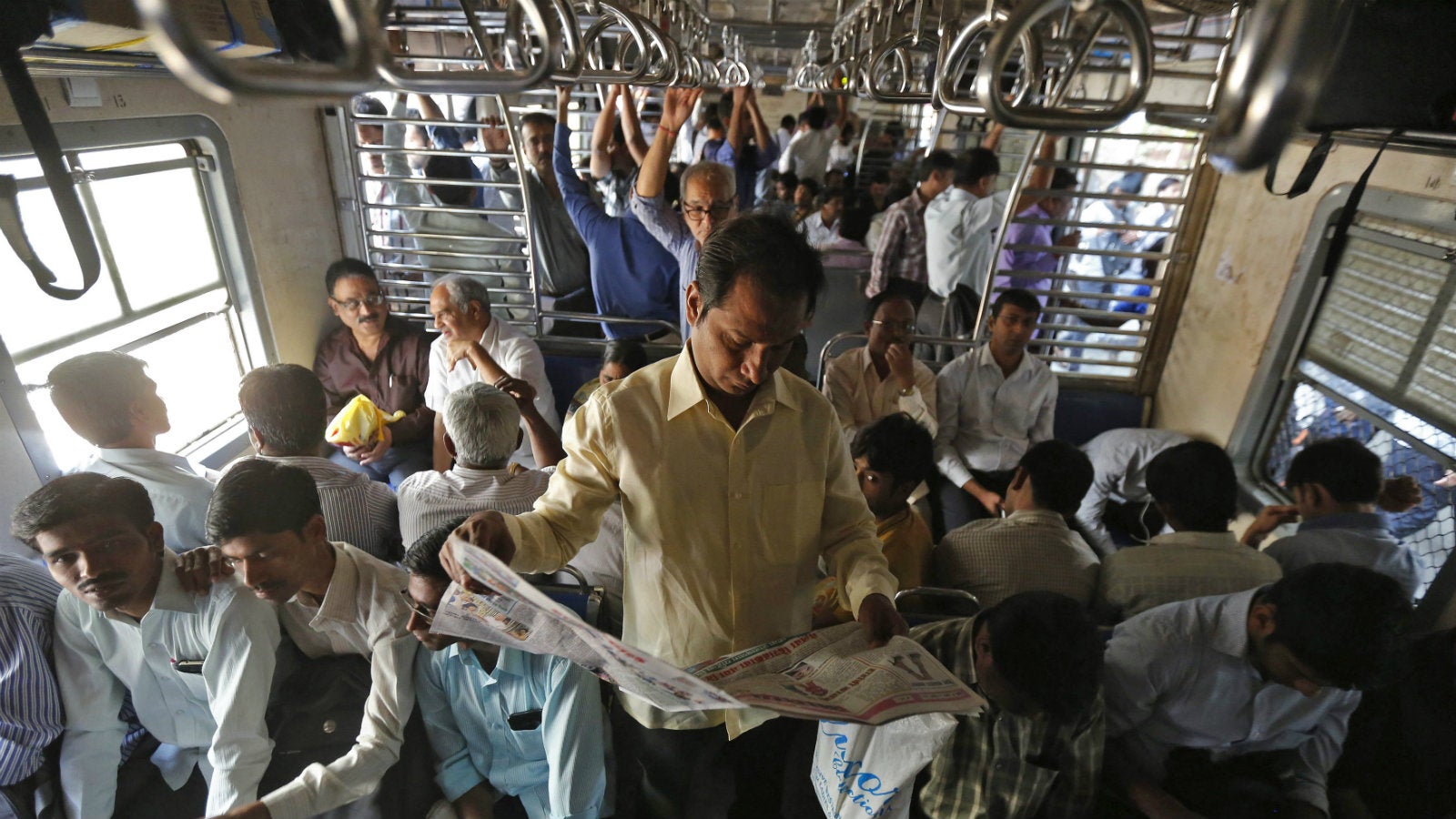From dizzying highs to wretched lows—news headlines tell the India startup story
Between 2012 and mid-2015, the Indian startup industry was on the cusp of a boom. Fortunes seem to have suffered a reversal since. This year, the sector was seen hobbling from one mistake to another.


Between 2012 and mid-2015, the Indian startup industry was on the cusp of a boom. Fortunes seem to have suffered a reversal since. This year, the sector was seen hobbling from one mistake to another.
At least, that is the impression that headlines in Indian business media created. There was a time when every achievement of India’s tech startups was heralded as a mark of their perfection; now, every failure—from firing to hiring—is taken as a sign of an impending collapse.
Here’s the story—told through news headlines—of the Indian startup community’s transformation from a rock star to a rickety boat:
Valuations
In May 2015, media declared that India, where the startup boom was less than a decade old, was home to eight startup unicorns (companies valued at over $1 billion). The following few months were all about celebrating this exotic title:
Bengaluru is home to 5 of India’s 8 unicorn startups —The Times of India said in October 2015.
Why India’s startups are the investment of the moment — explained a piece in Forbes.
The celebration, however, did not last long. By the end of 2015, the sky-high valuations were appearing to be hollow.
Is the bubble bursting for India’s online startups? — questioned Agence France-Presse in November 2015.
And the negative coverage increased in 2016:
India’s Flipkart sees value cut 27% amid startup shakeout — Bloomberg reported in February.
The party is over — a piece in Business Today said in April.
Funding
Until early 2015, several new investors were looking to bet on the country. For instance, Google Capital was reportedly considering opening an India office—its first outside the US.
The investment sentiment stayed upbeat through the year, with some significant rounds:
Snapdeal valued at $4.8 billion after raising $500 million fresh funds —Mint newspaper reported in August 2015.
2015 was the biggest year for Indian Startups —The Hindu newspaper wrote in January.
What bubble? Indian startups have had a banner year — Quartz reported about a 40% on-year increase in funding in 2015.
Today, finding investors is not easy. Flipkart and Snapdeal are struggling to raise funds at their preferred valuations.
Have Flipkart, Snapdeal hit a valuation wall? — Mint newspaper wrote in April.
VC funding dropped 19% in India, even as China doubled investments — TechInAsia wrote on April 8.
Startups struggling to find follow-on funds due to closer scrutiny by VC firms — The Economic times wrote in February.
Hiring
In 2014-15, when other industries in India were going slow on hiring due to macroeconomic reasons, startups were hiring in bulk.
E-commerce firms like Amazon, Flipkart, Paytm and others embark on a hiring spree — wrote The Economic Times on August 11, 2015.
Startups give a boost to hiring trends in the IT sector — News18 headline from August 2015.
But by the end of 2015, many began questioning such hiring, eventually leading to layoffs. November and December saw a bloodbath among Indian startups, with some of the top firms sacking hundreds of employees each.
Are Indian startups hiring recklessly? — Quartz wrote in September 2015.
After Zomato & TinyOwl, Foodpanda to lay off staff — Business Standard reported in December.
Why employees at startups are having to cope with unprecedented levels of anxiety — The Economic Times said in a recent story.
Leadership
In March 2015, Flipkart hired Silicon Valley veteran and former top Google executive Punit Soni. The development was seen as a milestone for India’s startup sector, as it highlighted its ability to attract global talent.
Flipkart’s new Silicon Valley hire shows India’s startup scene is really taking off — TechCrunch’s headline on March 4, 2015.
Soni was not the only one to relocate from the Valley to India. Several others quit high-profile jobs in the US to work with technology companies in India.
This was seen as the beginning of a “reverse brain drain” or ”brain gain” for India. Many said the technology talent that had fled India in the 1980s and 90s due to lack of opportunities would now find its way back.
Reversing the brain drain—Indian startups woo back talent from abroad — a post on coupons portal, Cashdealkart.com, in May last year.
But less than a year since this trend began, it was stuttering.
Top level shake-ups at Flipkart continue: Now, chief product officer Punit Soni quits — Firstpost’s headline on Apr 14, 2016.
I can see other people also exiting India around me: Punit Soni — The Hindu on May 23.
India’s Snapdeal loses key Silicon Valley vet Anand Chandrasekaran as it battles Amazon — said a May 24 headline on Recode.
Have start-ups benefited from expensive Silicon Valley recruits? — questioned Mint.
Growth
Not so long ago, Indian startups—flush with funds—were focused on rapidly expanding into new cities.
TinyOwl lands $16 million to expand its food delivery service to 50 cities in India — TechCrunch wrote in February 2015.
Grofers raises $35 million; expansion plans in the pipeline — Medianama reported in April 2015.
But, in recent months, scaling up has given way to scaling down:
TinyOwl shuts shop in all markets except Mumbai — Business Standard reported in May 2016.
TinyOwl, FoodPanda, Grofers, now Zomato: Start-ups are shutting shop in non-metros — DNA wrote.